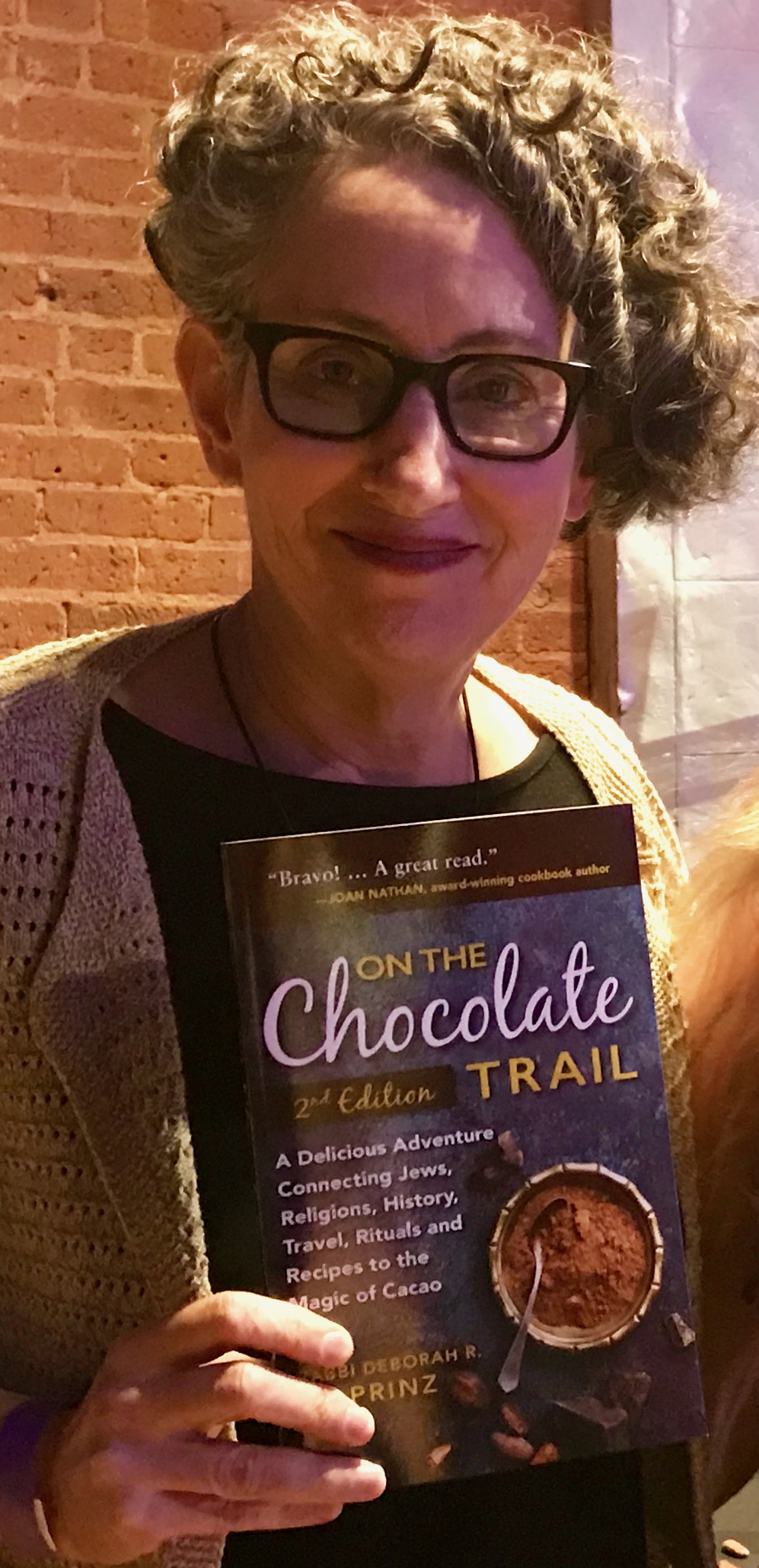The first recorded appearance of the word “>Chanukah, which refers to the rededication of the “>Ba’al Shem Tov (1698–1760), rabbis often traveled to distant villages to give instruction to impoverished and illiterate Jews, generally refusing payment. At Chanukah time, the instructors accepted coins and other tokens of gratitude. Chanukah gelt signified appreciative, though modest, compensation for dedication to Jewish education. Not so long ago coins were the only gifts bestowed at Chanukah.
In ancient Israel, striking, minting, and distributing coins expressed Chanukah’s message of freedom. As the book of 1 Maccabees records, Syria’s “>Hasmonean kings (descended from the Maccabees), portrays a seven-branched menorah (candelabrum), a reminder of the centrality of the ancient Jerusalem Temple to the Jewish people and the victory of the Maccabees over the Hellenists. It represented political independence and religious freedom.
Coins at Chanukah also furthered its celebration as early as the sixth century. The legal text known as the Talmud taught that the poor must light Chanukah candles even if they had to wander door to door to beg for change to pay for the lighting materials, which in those days were probably oil, clay lamps, and wicks.
With so many ties between coins and Chanukah, it is not surprising to find chocolate in the mix. There was an early and fundamental joining of money and chocolate. Cocoa beans served as currency for pre-Columbian peoples. “>On the Chocolate Trail and discuss the learnings from these connections in an earlier “>Rabbi Deborah R. Prinz lectures about chocolate and Jews around the world. Her book,“>Jewish Lights (bulk prices available) and is in its second printing. The book is used in adult study, “>The Huffington Post, “>The Jew and the Carrot and elsewhere. The development of chocolate Chanukah gelt is discussed in “Chanukah and Christmas Chocolate Melt into Gelt.”
“>Free download: Lesson plans for teaching about chocolate and Jews including gelt, blessings, Colonial American Jewish traders, and more.






















 More news and opinions than at a Shabbat dinner, right in your inbox.
More news and opinions than at a Shabbat dinner, right in your inbox.